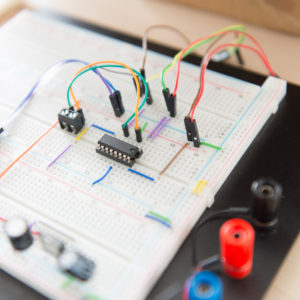SPARKSkein: From tour-de-force to run-of-the-mill Formal Verification
In 2010, Rod Chapman released an implementation in SPARK of the Skein cryptographic hash algorithm, and he proved that this implementation was free of run-time errors. That was a substantial effort with the previous version of the SPARK technology. We have recently translated the code of SPARKSkein from SPARK 2005 to SPARK 2014, and used GNATprove to prove absence of run-time errors in the translated program. The difference between the two technologies is striking. The heroic effort that Rod put in the formal verification of the initial version of SPARKSkein could now be duplicated with modest effort and modest knowledge of the technology, thanks to the much greater proof automation that the SPARK 2014 technology provides, as well as various features that lower the need to provide supporting specifications, most notably contracts on internal subprograms and loop invariants.










